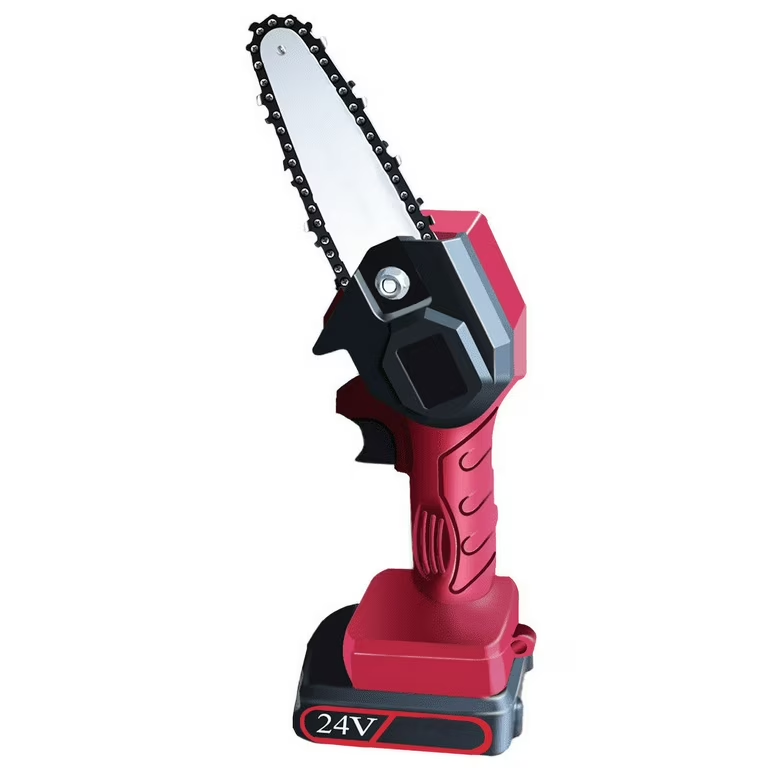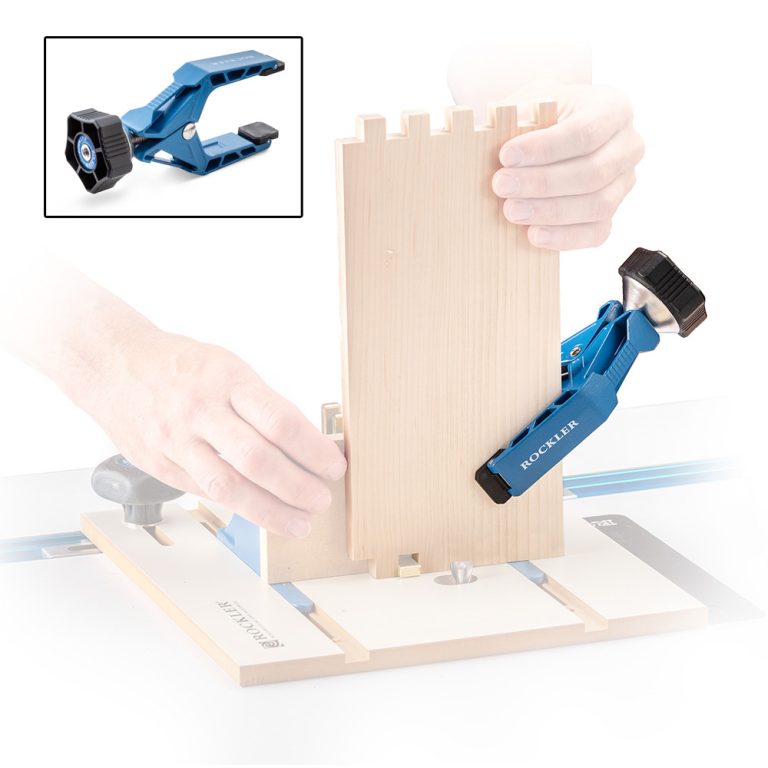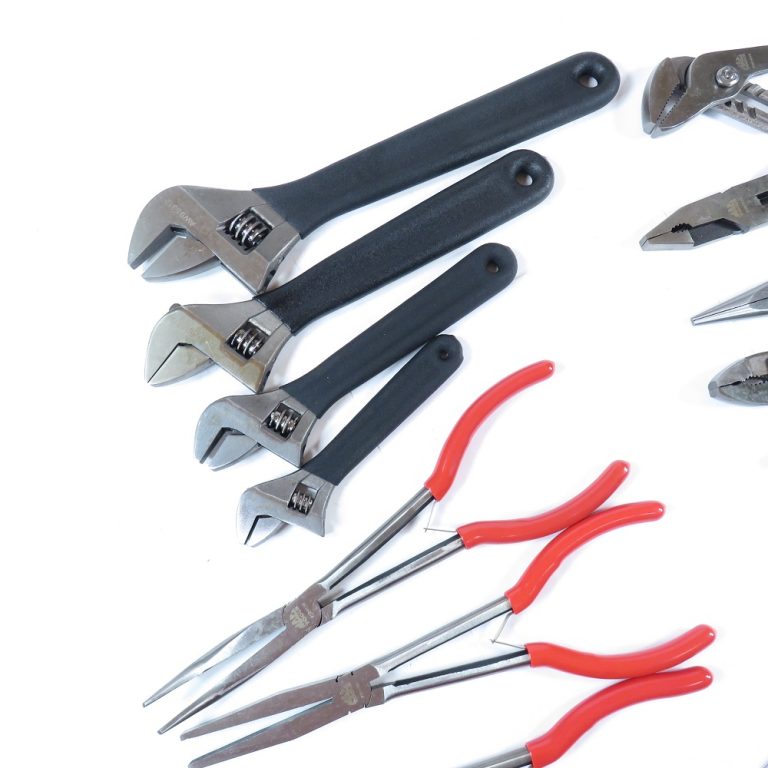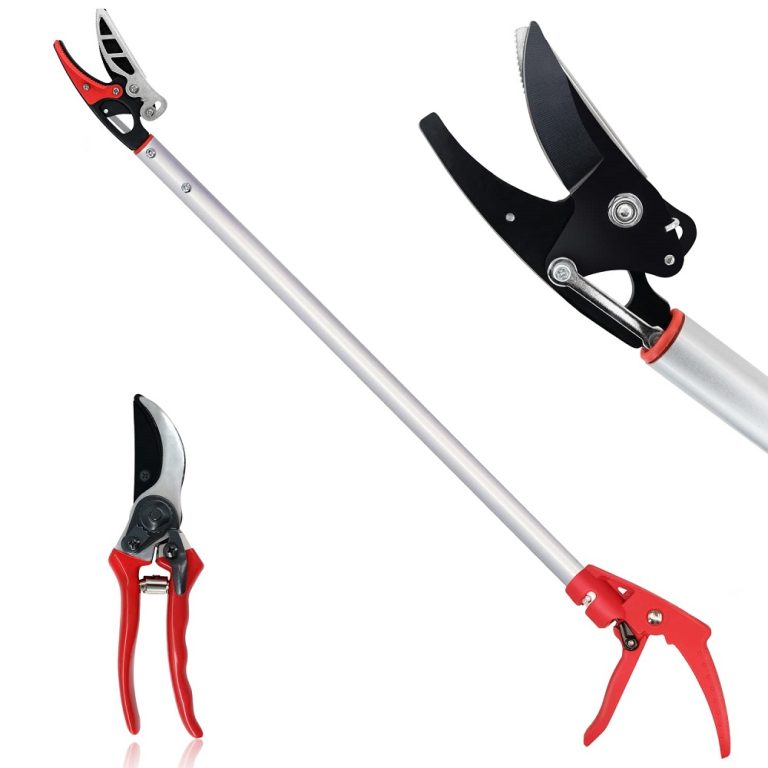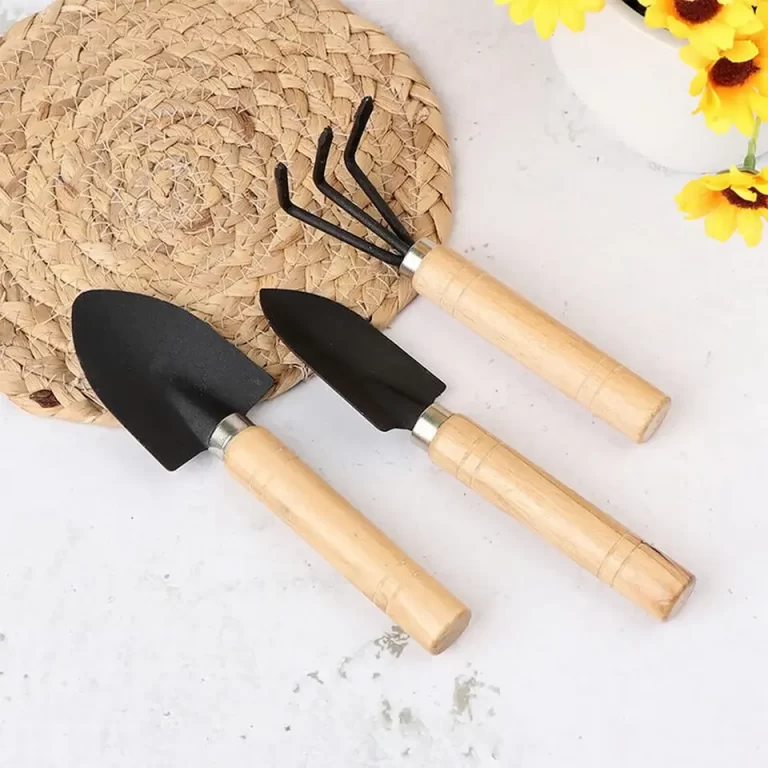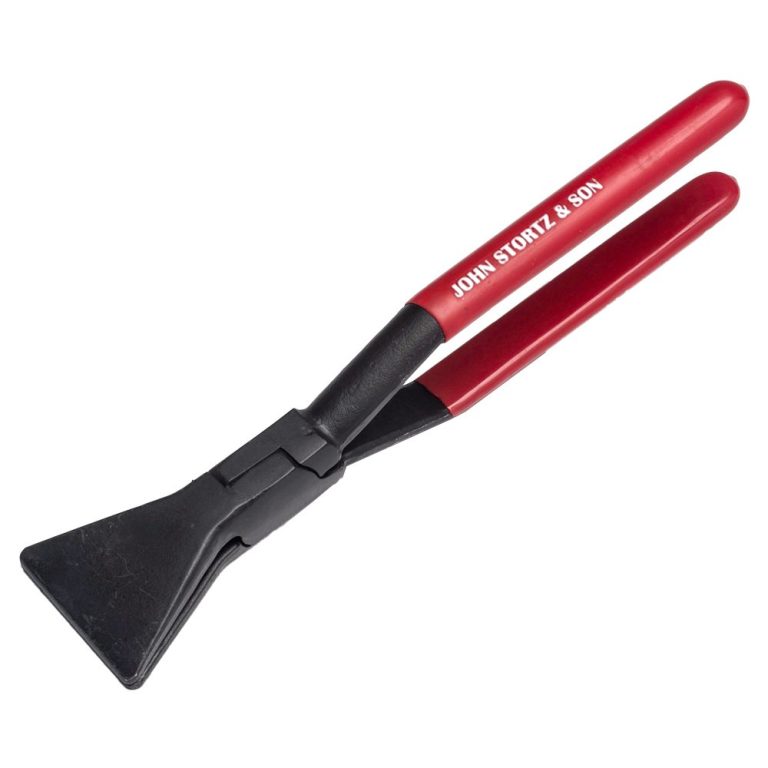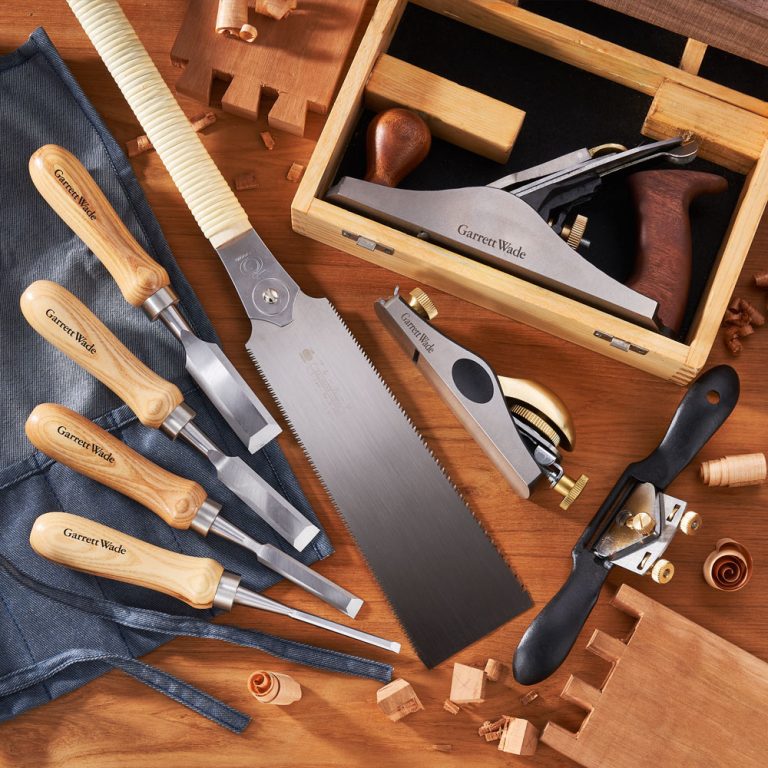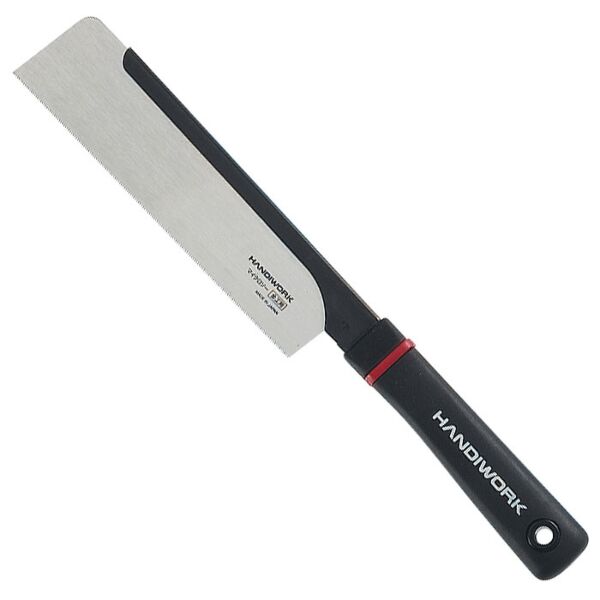Introduction to Wood Saws
Wood saws are essential for any woodworking project. Their precise blades allow you to cut through various types of wood with ease. Mastering the use of wood saws can significantly improve the quality of your work. In this blog, we will explore the vast world of wood saws, their different types, and how to use them effectively.
Woodworking projects demand accurate cutting tools. Wood saws are the go-to tools for such precision. Whether you are a beginner or an experienced woodworker, understanding the basics of wood saws is crucial. A clear grasp will help you select the right saw for the job.
Several types of wood saws exist, each with a unique purpose. Knowing the differences between them helps in making an informed decision. Selecting the right wood saw contributes to achieving the desired finish on your projects.
Safety is paramount when operating wood saws. Along with technique and skill, safe practices are non-negotiable. This guide will also cover essential safety measures to prevent injuries and ensure a secure working environment.
With correct maintenance and care, your wood saws can last longer and perform better. We will provide practical tips on how to keep your saws in top condition. This includes routine checks and proper storage methods.
For those aiming for exceptional craftsmanship using wood saws, advanced techniques are available. We will delve into these methods to help you enhance your woodworking skills even further.
Even with the best practices, sometimes issues arise. Troubleshooting common problems with wood saws can save time and frustration. We’ll go through typical issues and solutions so that your workflow remains uninterrupted.
By the end of this guide, you will have a better understanding of wood saws and how to utilize them to their full potential in your woodworking projects.
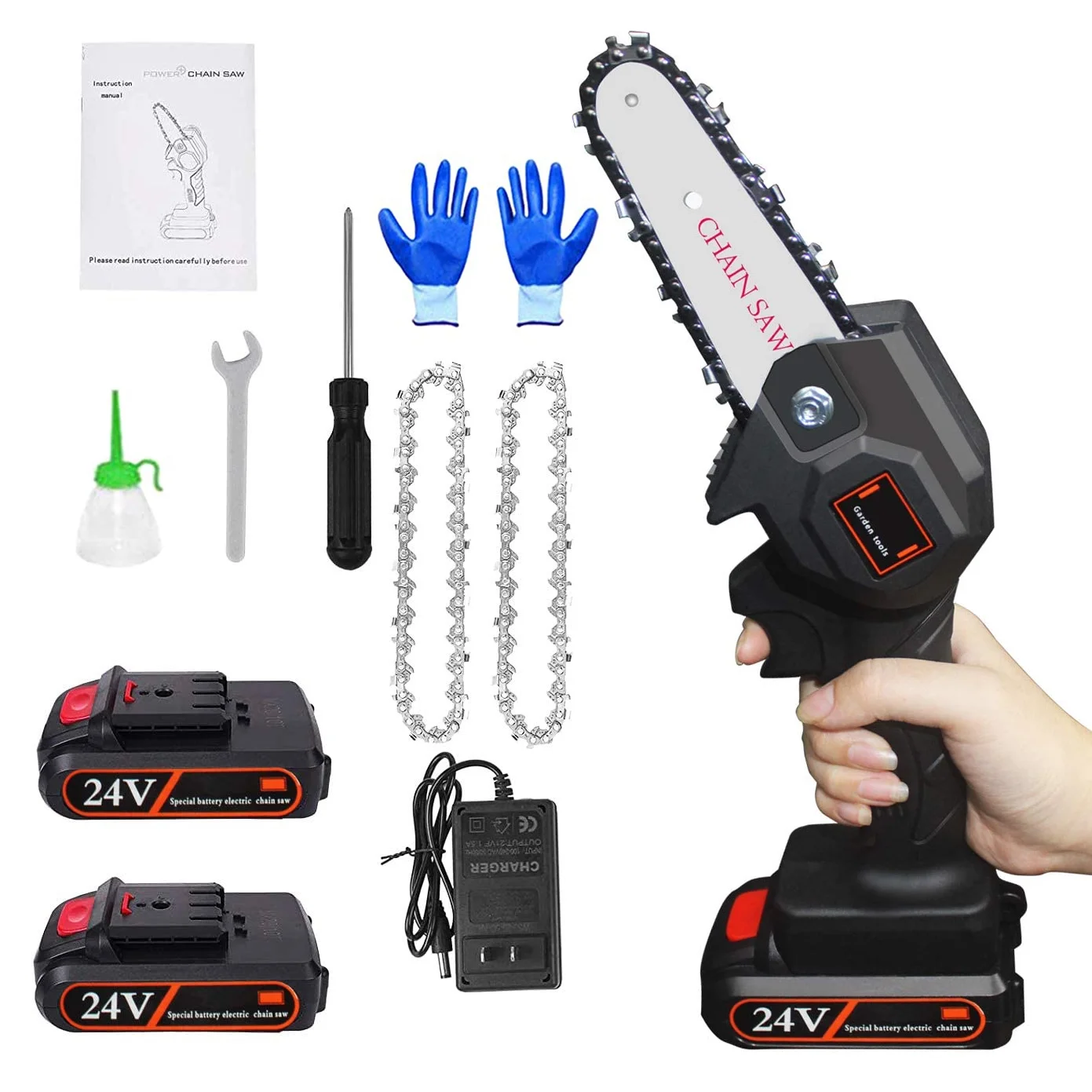
Different Types of Wood Saws and Their Uses
Woodworking requires various wood saws. Each type suits a specific task. Here we will discuss common types and their functions.
Hand Saws
Hand saws are traditional tools in woodworking. They have a tapered blade and a handle. You use them for basic cuts. Cut direction is important with hand saws. It affects the finish of the wood. Use them for straight or slightly curved cuts.
Back Saws
Back saws have a rigid spine on the blade’s top edge. This design enhances control. It also enables more precise cuts. Back saws work well for joinery work. For instance, crafting dovetails or miters.
Coping Saws
Coping saws have a thin blade and a D-shaped frame. They make intricate cuts and curves. Their small teeth allow for detailed work. Use them for internal cutouts or complex patterns.
Hacksaws
Hacksaws are not just for metal. They can also cut wood, particularly when dealing with thin material or dowels. Their fine-toothed blades make smooth cuts, with precision.
Crosscut Saws
Crosscut saws are for cutting across the wood grain. They have beveled teeth to slice fibers cleanly. Crosscut saws come in different sizes. Larger ones often require two people. Use them for cutting logs or lumber.
Rip Saws
Rip saws are similar to crosscut saws but designed for cutting along the wood grain. Their teeth are shaped differently to chisel out wood fibers. Rip saws are perfect for resizing lumber or making rough cuts before fine cutting.
Jigsaws
Jigsaws are versatile power tools. They cut curves and shapes in various materials. They work on wood of different thicknesses. Choose the right blade, and you can make precision cuts.
Circular Saws
Circular saws are for straight cuts over long distances. They’re fast and can cut through thick wood easily. Use them for sizing sheet materials or making long straight cuts.
Miter Saws
Miter saws are precision tools for angular cuts. Use a miter saw when you need exact angles, such as for framing or molding.
Table Saws
Table saws are powerful and suitable for a range of cuts. With the right blade, you can rip, crosscut, or even make joinery cuts.
Understanding the uses of different wood saws is vital. It ensures you choose the right tool for each task. This knowledge also contributes to achieving precise and clean cuts in your woodworking projects.
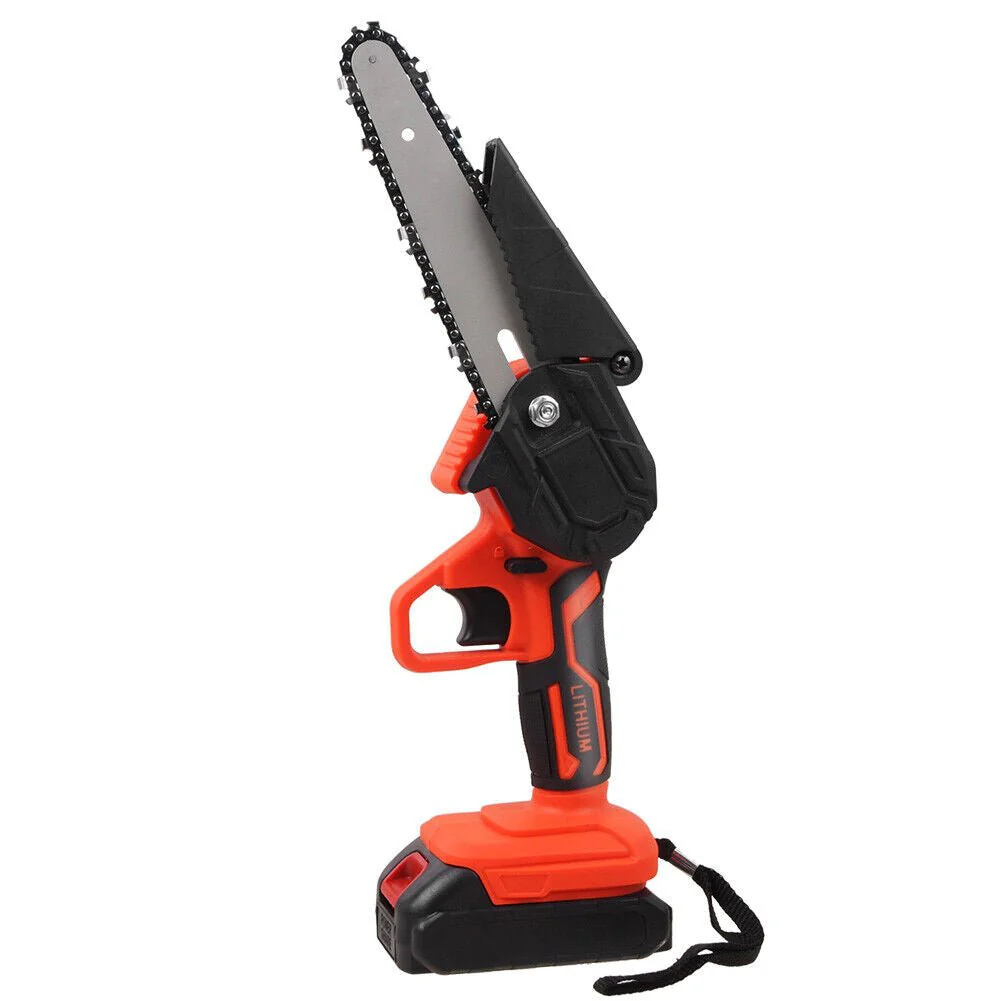
Selecting the Right Wood Saw for Your Project
Choosing the right wood saw is a crucial step in any woodworking project. The saw you select can make or break the outcome of your work. Here’s a simple guide to help you pick the perfect saw for your project.
Firstly, consider the project’s scale and complexity. For large, rough cuts, a circular saw or a rip saw might be ideal. For precise, intricate work, a back saw or coping saw may be better.
Then, think about the type of cut you need. Crosscut saws work best for cutting across the grain, while rip saws are suited for cutting along the grain. The right choice ensures cleaner and more effortless cuts.
Don’t forget to assess the wood’s thickness. If you’re working with thick lumber, a powerful table saw can save time and energy. For thinner materials or delicate work, a jigsaw or hacksaw may suffice.
Consider the cut direction as well. Saws like jigsaws offer versatility for curves and non-linear cuts. Meanwhile, miter saws and circular saws are your friends for perfect straight or angled cuts.
Lastly, think about durability and ease of use. You want a saw that feels comfortable in your hands and can withstand the workload. Also, some saws require more maintenance than others, so factor that in as well.
By keeping these considerations in mind—project scale, cut type, material thickness, cut direction, and tool durability—you will be able to choose the most suitable wood saw for your project. Remember, the right tool not only aids precision but also affects your safety and the quality of your final product.
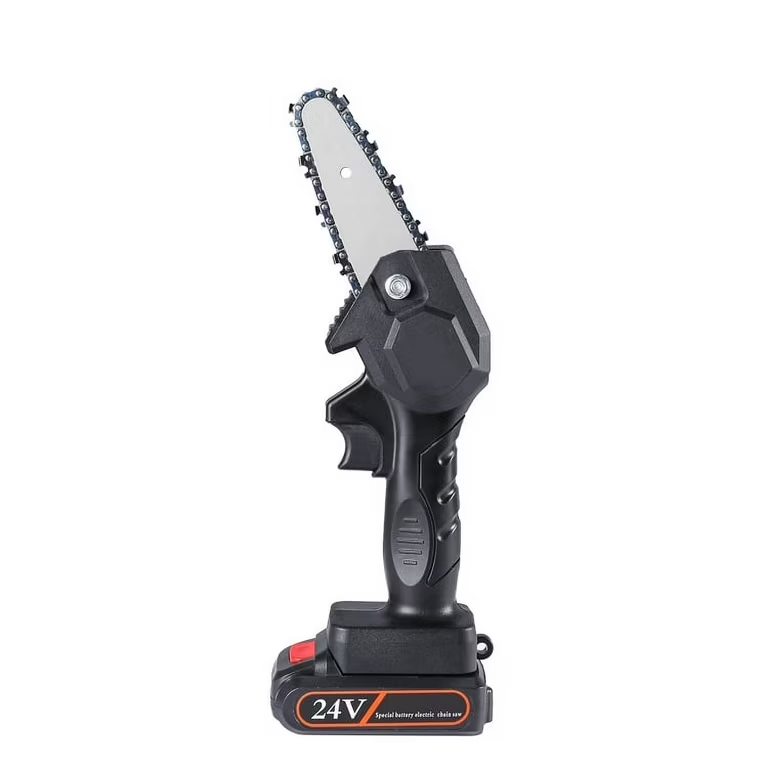
Essential Safety Measures When Using Wood Saws
Ensuring safety when using wood saws is crucial. Preventing injuries and accidents should be a top priority for every woodworker, from beginners to professionals. Here are key safety measures to adhere to when operating wood saws.
- Wear protective gear: Always put on safety goggles, gloves, and hearing protection before you start cutting. These items shield you from flying debris, accidental slips, and loud noise.
- Check equipment before use: Inspect the saw blades for any damage or dullness. A compromised blade can lead to hazardous situations. Make sure that all parts are secure and in good condition.
- Maintain proper footing and balance: Stand firmly and don’t overreach. Good posture ensures control and prevents falls.
- Keep work areas clean: A tidy space is a safe space. Remove any clutter that could cause you to trip or distract you while working.
- Use push sticks when necessary: For table saws, push sticks keep your fingers away from the blade. They help control the wood while keeping your hands at a safe distance.
- Disconnect power before blade changes: Always unplug power saws before switching blades or making any adjustments. This prevents unintended activation.
- Follow cutting guidelines: Use fences and guides to direct the cut. They improve accuracy and safety.
- Avoid wearing loose clothing or jewelry: Loose items can get caught in the saw. Wear fitted clothes and tuck in any hanging items.
- Never bypass safety devices: Safety guards and kill switches are present for a reason. Keep them engaged and operational.
- Stay focused: Pay attention to the task at hand. Distractions can lead to mistakes.
- Know your saw: Understand the capabilities and limitations of the wood saw you’re using. Different saws have different safety requirements.
By following these essential safety measures, you help create a secure and efficient working environment. Safety is the foundation that allows for quality and precision in woodworking.
Tips for Making Precision Cuts with Wood Saws
Achieving precise cuts with wood saws takes practice, skill, and a bit of know-how. Following these tips ensures high accuracy in your woodworking projects.
- Measure Twice, Cut Once: This age-old adage holds. Double-check measurements before cutting to avoid mistakes.
- Use Sharp Blades: Always work with sharp blades for clean and precise cuts. Dull blades tear wood and make cutting difficult.
- Mark Clearly: Use pencils for clear, precise marks. This guides your saw for exact cuts.
- Apply Steady Pressure: Maintain consistent pressure while sawing. This helps in preventing jagged edges.
- Clamp Down Wood: Secure the wood firmly with clamps. This stabilizes it, which helps prevent slips and inaccuracies.
- Saw at the Correct Speed: Don’t rush or force the saw. Let the tool do the work at its own pace for better control.
- Use Guides: For power saws, use guides or fences. This assists in keeping the cuts straight.
- Practice: Skill comes with practice. Try on scrap wood before the final piece to gain confidence.
Remember, no matter what type of wood saw you’re using, the right technique is key to making precision cuts. Take your time, and focus on control to ensure the best results in your woodworking endeavors.

Maintenance and Care for Wood Saws
To keep your wood saws performing their best, regular maintenance and care are essential. Here are some straightforward tips for preserving your saws.
- Clean After Each Use: Wipe down saw blades to remove sawdust and resin. This keeps them sharp.
- Inspect Blades Periodically: Check for dullness or damage. Replace blades that show wear or defects.
- Oil Moving Parts: Apply lubricant to hinges and wheels on saws with moving components. It prevents rust.
- Store Properly: Keep saws in a dry place. Hang them or store them flat to avoid warping.
- Sharpen Regularly: Have blades sharpened by a professional, or learn to do it yourself. Sharp blades cut efficiently.
- Adjust Tension When Needed: For saws like hacksaws and back saws, right tension ensures good performance.
- Protect Teeth with Guards: Use blade guards to prevent chips or accidents when saws are not in use.
- Check Alignment: For table saws and circular saws, ensure the blade is aligned with the guides.
- Avoid Exposing to Extreme Conditions: Don’t leave wood saws in moist or very hot locations.
Taking care of your wood saws helps prolong their life and aids in achieving precision in your work. Regular maintenance also helps with safe operation. Remember to follow these simple steps for upkeep of your tools, and they will serve you well for many projects.
Advanced Techniques for Experienced Woodworkers
Once you have the basics down, exploring advanced techniques can lift your wood sawing to a new level. Experienced woodworkers know that mastering a few sophisticated methods can make complex projects easier. Here are some expert tips to refine your sawing skills.
- Use Kerf Cutting: When making tight curves, use the kerf-cutting method. Make relief cuts along the curve to reduce stress on the wood and saw.
- Master the Pull Stroke: Some saws, like Japanese saws, cut on the pull stroke. Learn this technique for more control and a smoother cut.
- Employ Chisels for Fine-Tuning: After sawing, use chisels to clean up joints or edges. This adds precision to your work.
- Adjust Blade Angle for Hardwoods: Angle the blade slightly when cutting hardwoods. This reduces resistance and wear on the blade.
- Use A Sacrificial Board: To prevent tear-out, place a sacrificial board beneath your workpiece.
- Learn to Resaw: Resawing is cutting a thick board into thinner pieces. It requires control and a well-tuned saw.
- Implement Stop Blocks: Use stop blocks for repetitive cuts. They ensure each piece is cut to the same length.
- Practice Relief Cuts: For long cuts, relief cuts prevent binding. Cut notches periodically to allow the wood to expand.
By incorporating these advanced techniques, you elevate the quality of your woodworking. These methods, along with consistent practice, lay the foundation for expert-level work with wood saws.
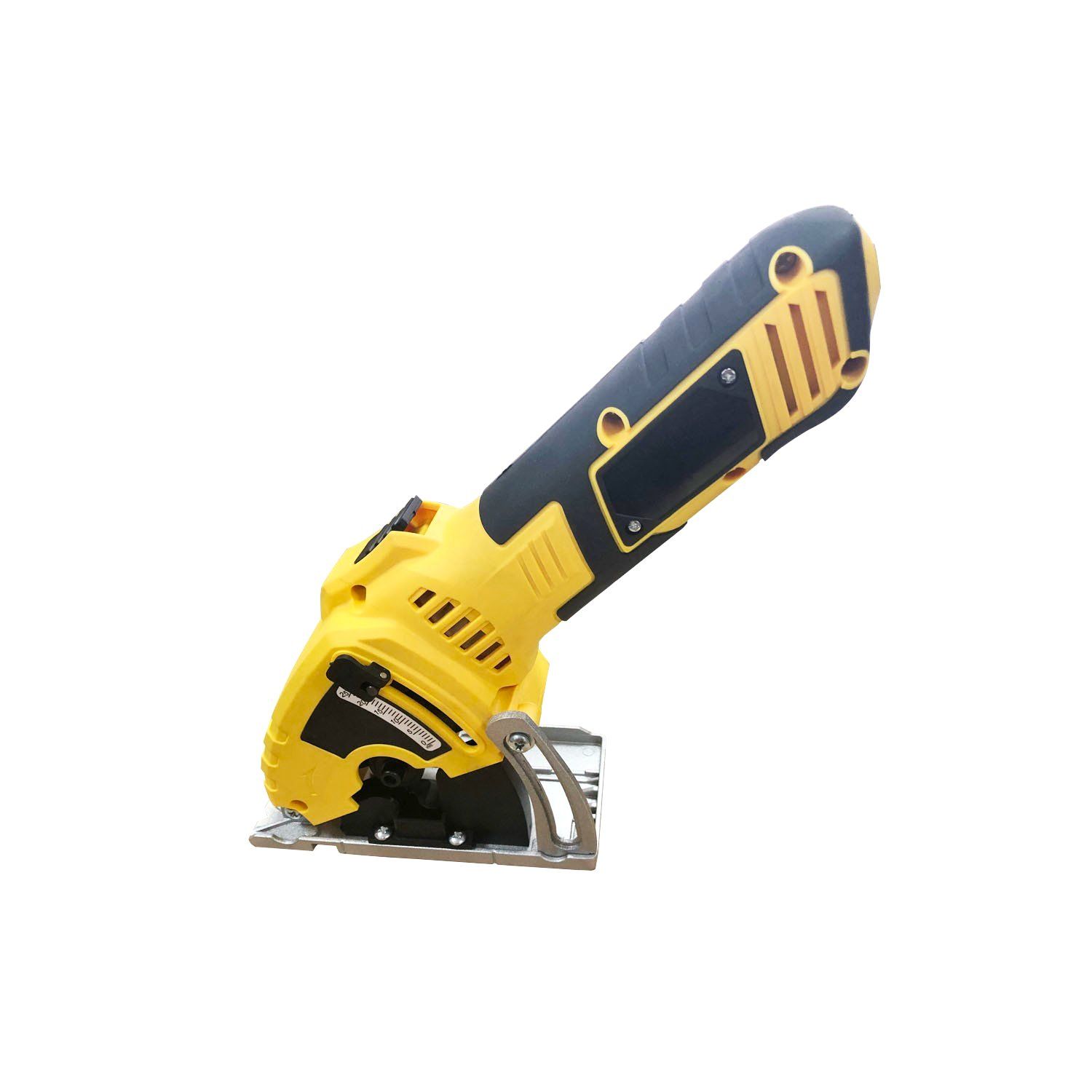
Troubleshooting Common Issues with Wood Saws
Even the most skilled woodworkers can encounter issues with their wood saws. Troubleshooting these problems can save time and ensure your project stays on track. Here are common issues you might face, along with practical solutions.
- Saw Blade Becomes Dull: A dull blade makes cutting difficult and can burn the wood. Sharpen the blade or replace it with a new one.
- Difficulty Following a Line: If you’re struggling to follow a cut line, check your blade alignment and make sure there are no obstructions on the path.
- Blade Binding: This occurs when the saw blade gets stuck in the wood during a cut. Prevent this by making sure the wood is firmly clamped and apply a steady pressure while sawing.
- Inaccurate Cuts: When cuts aren’t straight or precise, verify that the blade is suited for the type of cut or the wood’s hardness, and adjust as needed. Use a guide or fence to help.
- Saw Isn’t Cutting: If the saw isn’t making progress, the teeth may be too fine for the wood or the blade could be installed backward. Check and correct the blade orientation.
- Excessive Vibration: This can lead to imprecise cuts. Make sure all parts of the saw are tight and well-lubricated. For handheld saws, ensure a firm grip and proper technique.
- Wood Splintering: Prevent splintering by using a blade with more teeth for a finer cut, and consider using a sacrificial piece of wood underneath.
- Motor Overheating: For power saws, if the motor overheats, let it rest. Check for a build-up of sawdust that may be blocking vents or causing friction.
Encountering issues with wood saws is not uncommon, but diagnosing the problem and applying the right solution will get you back to crafting beautiful woodwork in no time. Remember, proper maintenance and care, as outlined earlier, can prevent many of these issues from arising. Keep these troubleshooting tips in mind to minimize downtime and maximize the potential of your wood saws.
